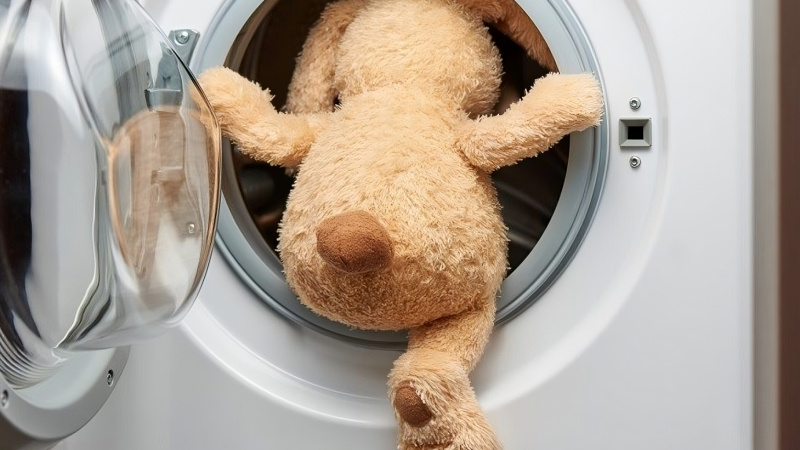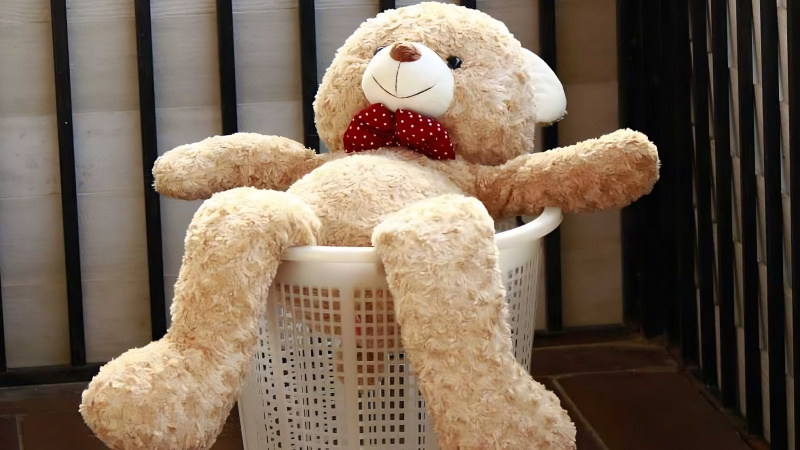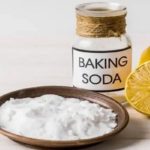When it comes to ensuring your stuffed animal stays soft and clean, drying is crucial. However, drying a stuffed animal requires careful attention to avoid any damage. In this article, we’ll share some tips on how to dry a stuffed animal with a clothes dryer. Keep reading to learn more!
1 Benefits of Using a Clothes Dryer
Using a clothes dryer offers several advantages for drying stuffed animals:
- Save Effort: A clothes dryer saves you effort compared to manually drying a stuffed animal. Simply place the stuffed animal in the dryer and set the drying mode, and the machine will take care of the rest.
- Shorter Drying Time: A clothes dryer helps reduce the time needed to dry a stuffed animal after washing. This helps minimize unpleasant odors and ensures the stuffed animal stays dry and clean.
- Cost Savings: By using a clothes dryer, you can save money compared to using external laundry services to dry your stuffed animal.
 Benefits of Using a Clothes Dryer
Benefits of Using a Clothes Dryer
2 Things to Note When Drying a Stuffed Animal with a Clothes Dryer
Size of the Stuffed Animal
Ensure that the size of the stuffed animal fits the dryer drum. If the stuffed animal is too large for the dryer, it can cause the dryer to operate unstable and hinder the drying process. This can affect the dryer’s performance and even damage the stuffed animal. Additionally, a large stuffed animal can clog the dryer’s filter with fluff and dust.
Adjust the Temperature Accordingly
Drying temperature is critical when drying a stuffed animal in a clothes dryer. To maintain the stuffed animal’s condition and avoid potential issues, select an appropriate drying temperature for your stuffed animal. Avoid high temperatures as they can cause the fur to become brittle and discolored, and in some cases, even scorch. Instead, opt for a gentle drying mode or low temperature to keep the stuffed animal safe and undamaged.
Also, pay close attention to the details on the stuffed animal. If your stuffed animal has details made of plastic or heat-sensitive materials, the drying temperature can affect these details and cause deformation after the drying process. To prevent this, consider drying the stuffed animal at a lower temperature or using a protective bag during the drying process.
 Ensure the Stuffed Animal Fits the Dryer Drum
Ensure the Stuffed Animal Fits the Dryer Drum
Use Dryer Sheets for Fragrance
Using dryer sheets is a great way to add fragrance to your stuffed animal after drying. Simply place 2-3 dryer sheets in the dryer drum along with the stuffed animal before starting the drying cycle. As the dryer operates, the heat will help transfer the fragrance from the dryer sheets to the stuffed animal.
Remove Loose Fur Before Drying
Removing loose fur from the stuffed animal before drying is essential. Use a soft brush to gently brush the entire surface of the stuffed animal. This helps eliminate loose fur, preventing the stuffed animal from becoming matted after washing.
 Remove Loose Fur Before Drying
Remove Loose Fur Before Drying
These are our tips on things to note when drying a stuffed animal with a clothes dryer. We hope you found this article helpful. Thanks for reading!
Get Rid of Unpleasant Odors and Mold Quickly by Sprinkling This Powder on Your Bed
When it rains often, we may hesitate to wash our bed sheets due to the fear that the high humidity will result in a slow drying process. However, if we don’t wash them for a long time, they can still become smelly in such a damp environment. Today, we will introduce you to some tips to keep your bed sheets smelling fresh even when it’s raining.



































